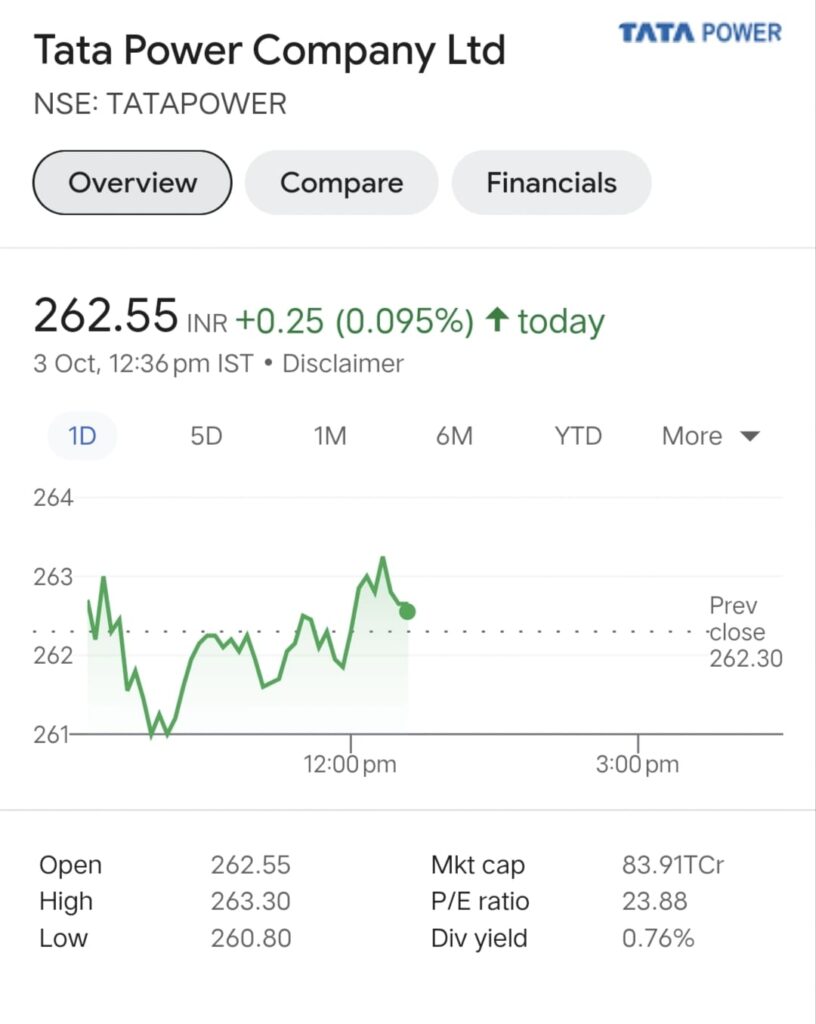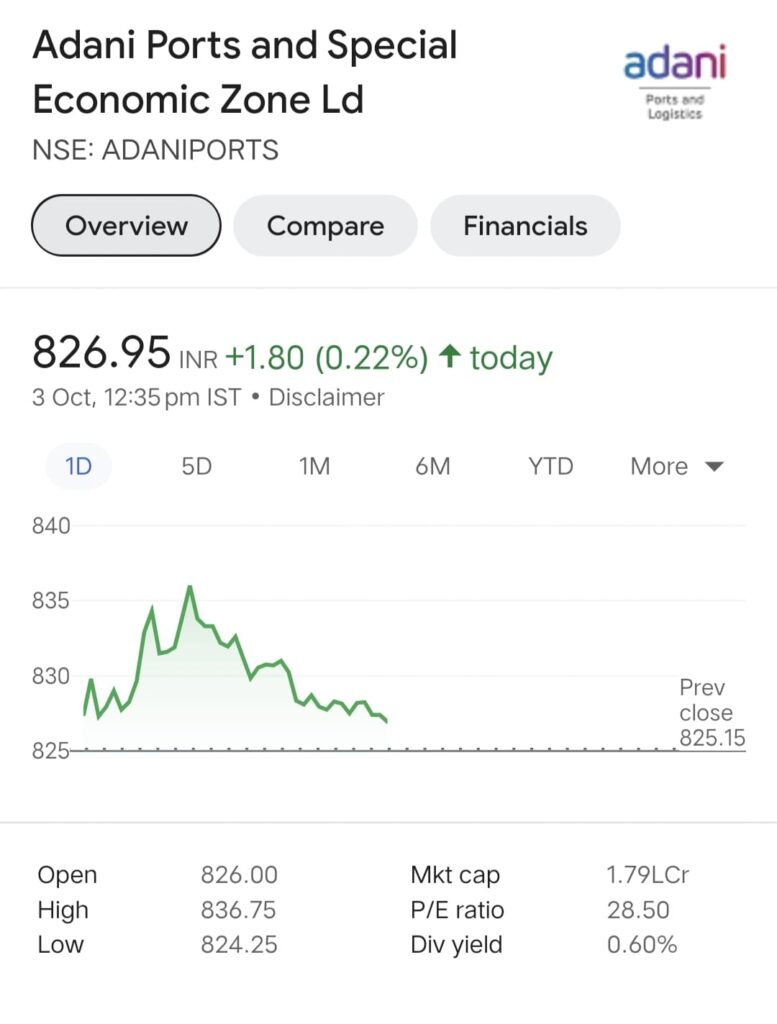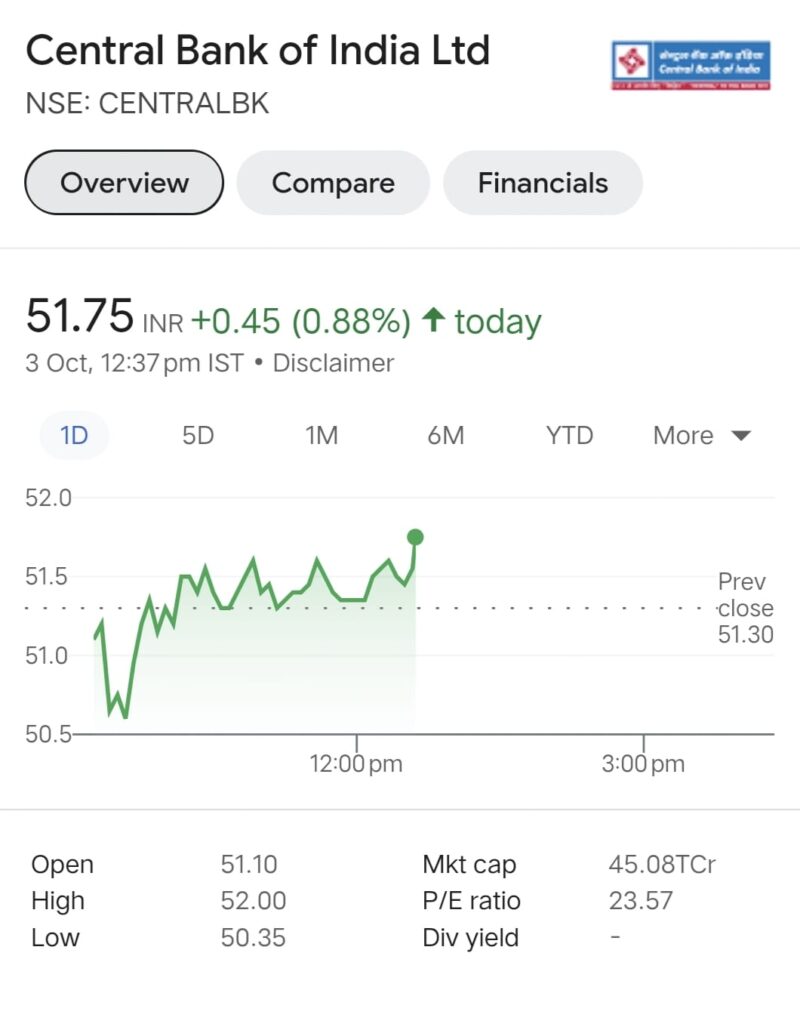
Introduction
In the fast-paced world of finance, choosing the best stocks to invest in is a crucial choice that can have a big impact on your financial situation. We will delve into the nuances of how to pick the best stocks for investment because we recognize how crucial it is to make educated decisions. We can help you with everything from grasping the fundamentals to using cutting-edge techniques.
Understanding the Stock Market
- Stock Market Basics
It’s important to understand the basics of the stock market before starting the process of selecting the best stocks. Stock exchanges are where investors can buy and sell stocks, which represent ownership in a company. The performance of a company, market sentiment, and prevailing economic conditions are just a few of the variables that affect a stock’s price. - Risk Tolerance Assessment
Assessing your risk tolerance is one of the first steps in choosing the best stocks. Do you feel comfortable investing in high-risk, high-reward strategies, or do you favor a more cautious approach? Your investment strategy will be heavily influenced by your risk tolerance.
Research and Analysis
- Fundamental Analysis
Investing professionals frequently use fundamental analysis to find promising stocks. With this strategy, the financial health of a company is assessed by looking at its income statements, balance sheets, and cash flow statements. You can learn a lot about a company’s potential for growth by analyzing important metrics like earnings per share, price-to-earnings ratios, and debt levels. - Technical Analysis
In order to forecast future price movements, technical analysis focuses on examining historical price charts and patterns. To make wise decisions, traders look at trends, support and resistance levels, and different technical indicators. It is a crucial tool for day traders and investors who favor a more technical method of stock selection.
Diversification Strategy
- The Power of Diversification
A fundamental risk management tactic is to diversify your stock holdings. You can reduce risk and the impact of underperforming stocks by diversifying your investments across various sectors and industries. In order to achieve your financial objectives and manage your risk tolerance, we advise building a diversified portfolio. - Asset Allocation
A critical decision to make is how much of your portfolio should be allocated to stocks. Your investment horizon, financial goals, and level of risk tolerance all affect how you allocate your assets. You can achieve your financial goals while effectively managing risk if you have the right mix of stocks, bonds, and other assets.
Keeping Informed
Staying Updated
Keeping up with changes in the stock market is essential. You can make timely decisions by routinely keeping an eye on business announcements, market trends, and financial news. Numerous trustworthy sources, including financial news websites and mobile apps, offer up-to-date information to help you make informed investment decisions.
Conclusion
In conclusion, selecting the best stocks for investment requires careful consideration, in-depth analysis, risk evaluation, and a well-thought-out strategy. You can set yourself up for success in the world of investing by comprehending the fundamentals of the stock market, conducting in-depth analysis, diversifying your portfolio, and remaining informed. Remember that your financial objectives and risk tolerance should guide your investment decisions. You can create the conditions for a prosperous financial future by adopting the appropriate strategy and making a commitment to well-informed choices.
FOR MORE INFO CLICK THIS SITE:https://learningsharks.in/
FOLLOW OUR PAGE:https://www.instagram.com/learningsharks/?hl=en











